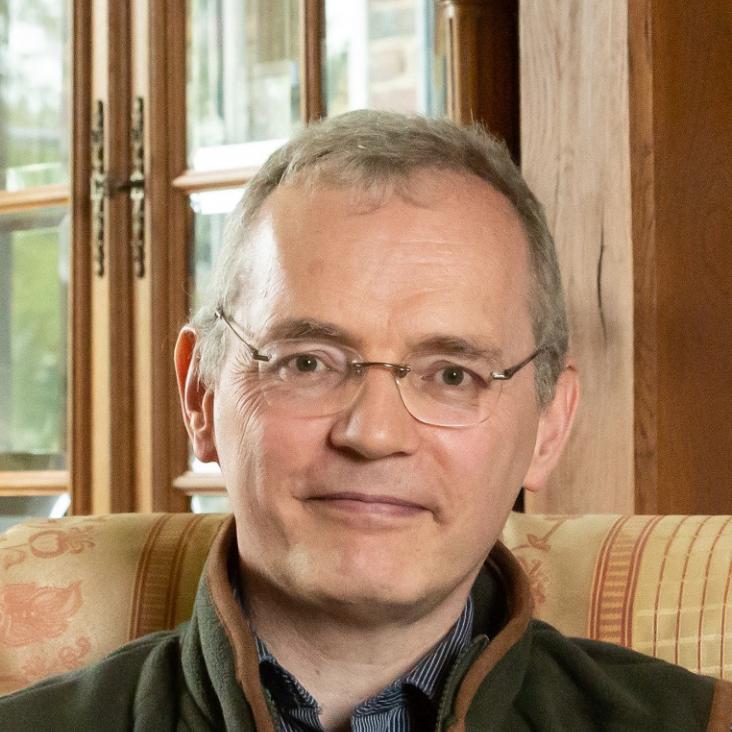Structure and magnetism of La x Sr 2− x Co 0.5 Ir 0.5 O 4− y H y (0 < x < 1) iridium-containing oxyhydride phases †
Dalton Transactions Royal Society of Chemistry (2025)
Abstract:
Ruddlesden-Popper oxide phases in the LaxSr2−xCo0.5Ir0.5O4 (0 < x < 1) solid solution can be converted to the corresponding LaxSr2−xCo0.5Ir0.5O4−yHy oxyhydride phases, by topochemical reaction with LiH, in which the hydride ions are substituted exclusively onto the equatorial anion sites of the host framework. Analysis reveals that oxyhydride phases in the range 0.5 < x < 1 adopt LaxSr2−xCo0.5Ir0.5O2+xH2−x compositions which maintain a constant Co1+, Ir3+ oxidation-state combination (confirmed by Co K-edge XANES data), with the presence of low-spin d6 Ir3+ being consistent with the covalent stabilization of the metastable oxyhydride phases via strong Ir–H σ-bonds. Phases at the lanthanum-poor end of the solid solution (x < 0.5) adopt LaxSr2−xCo0.5Ir0.5O4−yHy compositions with lower hydride concentrations (y < 1.5). Magnetisation and μSR data indicate that all the LaxSr2−xCo0.5Ir0.5O4−yHy oxyhydride phases exhibit strong magnetic frustration, attributed to the large-scale cation and anion disorder, and resulting in glassy magnetic behaviour at low temperature.Magnetoelastic Dynamics of the Spin Jahn-Teller Transition in CoTi2O5
Physical Review Letters American Physical Society (APS) 134:25 (2025) 256702
Abstract:
has the paradox that low temperature static magnetic order is incompatible with the crystal structure owing to a mirror plane that exactly frustrates magnetic interactions. Despite no observable structural distortion with diffraction, does magnetically order below with the breaking of spin ground state degeneracy proposed to be a realization of the spin Jahn-Teller effect in analogy to the celebrated orbital Jahn-Teller transition. We apply neutron and Raman spectroscopy to study the dynamics of this transition in . We find anomalous acoustics associated with a symmetry breaking strain that characterizes the spin Jahn-Teller transition. Crucially, the energy of this phonon coincides with the energy scale of the magnetic excitations, and has the same symmetry of an optic mode, observed with Raman spectroscopy, which atypically softens in energy with decreasing temperature. Taken together, we propose that the energetics of the spin Jahn-Teller effect in are related to cooperative magnetoelastic fluctuations as opposed to conventional soft critical dynamics which typically drive large measurable static displacements. Published by the American Physical Society 2025Magnetoelastic dynamics of the "spin Jahn-Teller" transition in CoTi$_{2}$O$_{5}$
(2025)
Electronic structure calculations for muon spectroscopy * * This article presents a summary of the state of the art of computational simulations for muon science. All authors have contributed equally to it
Electronic Structure IOP Publishing 7:2 (2025) 023001


